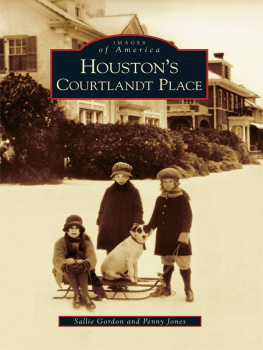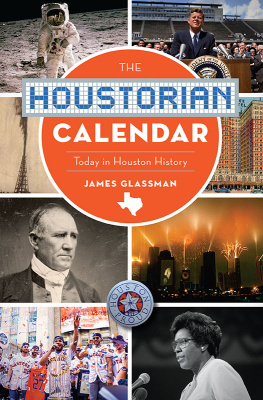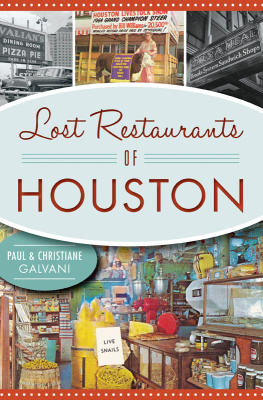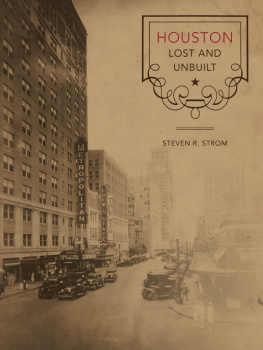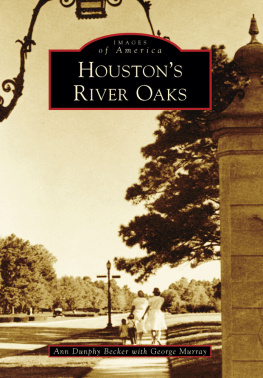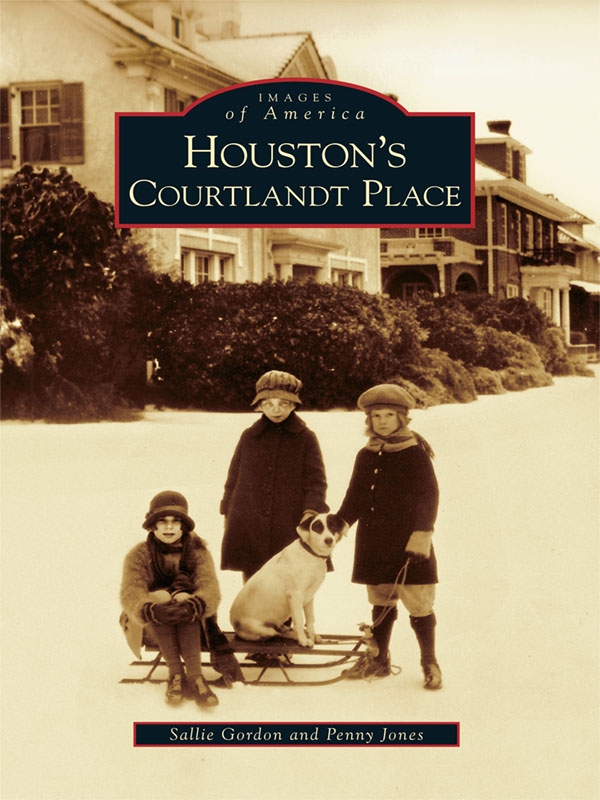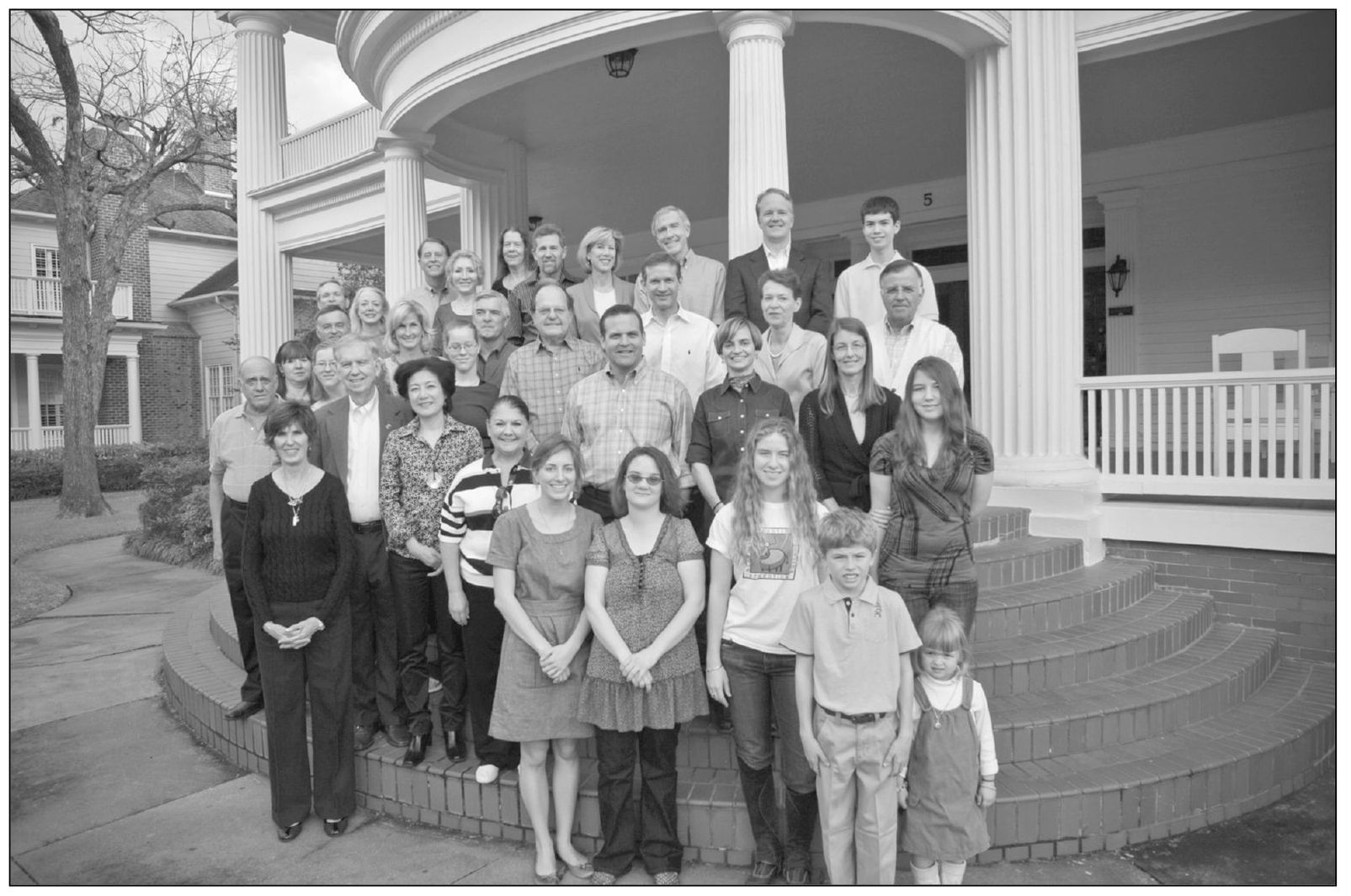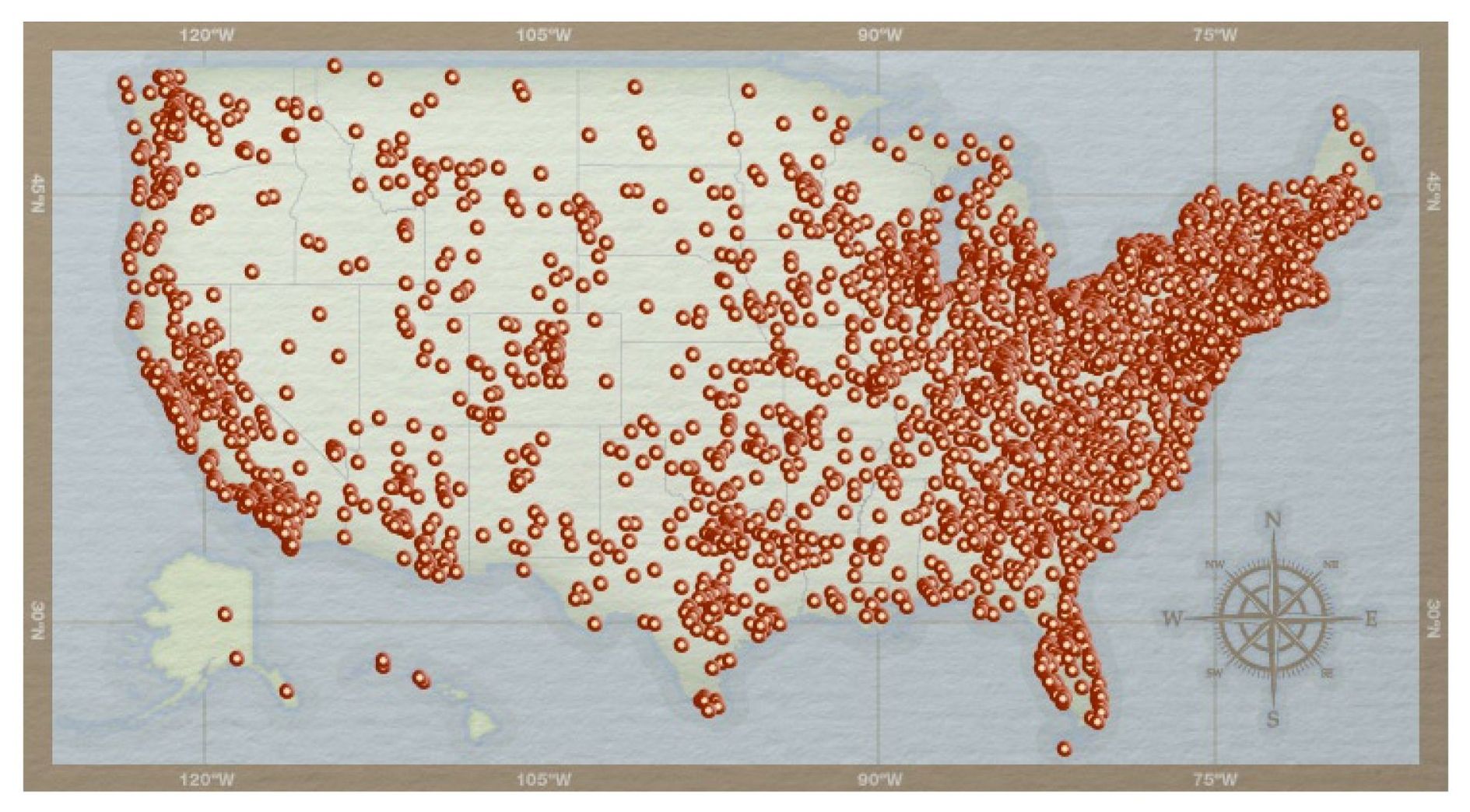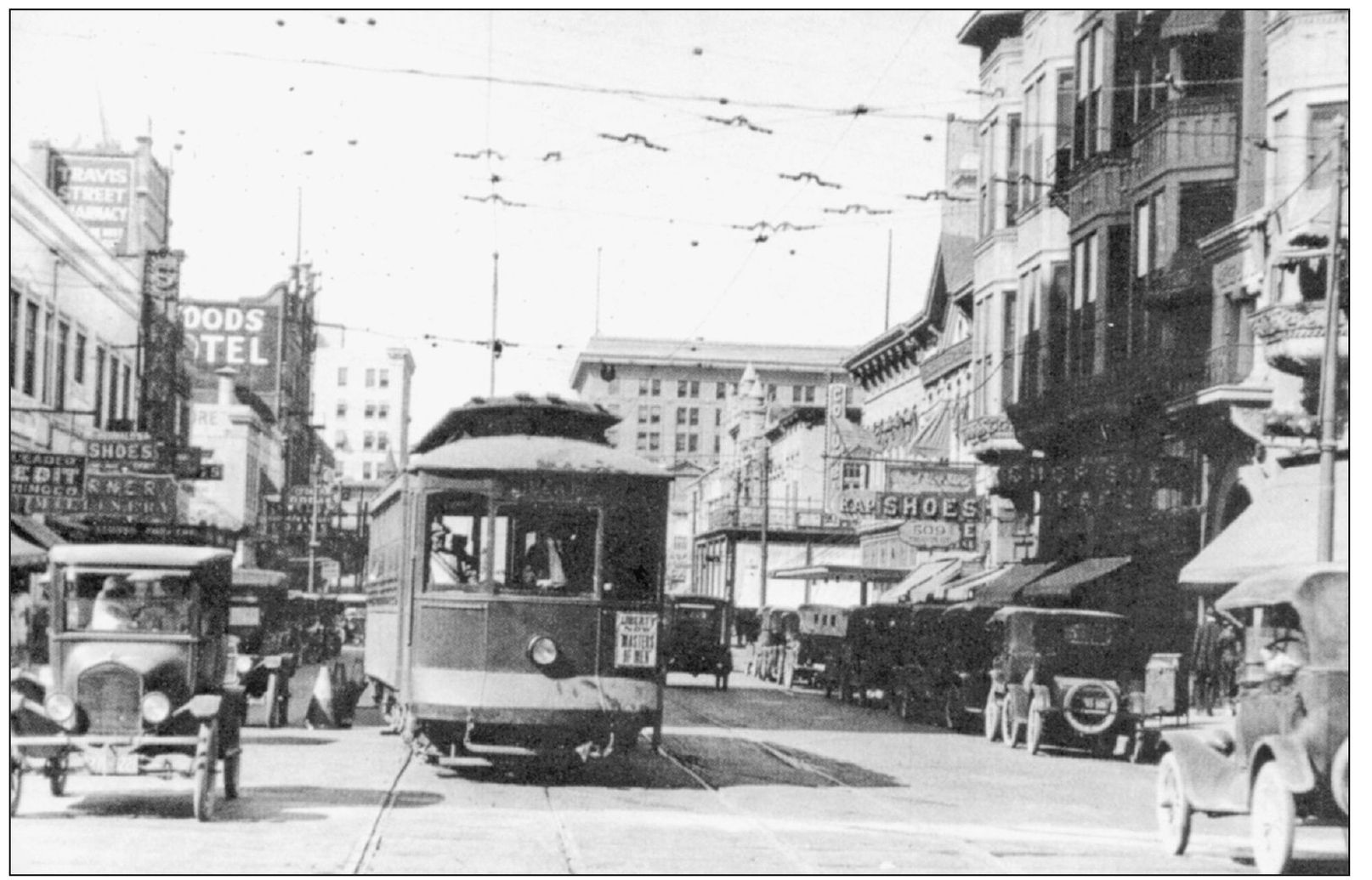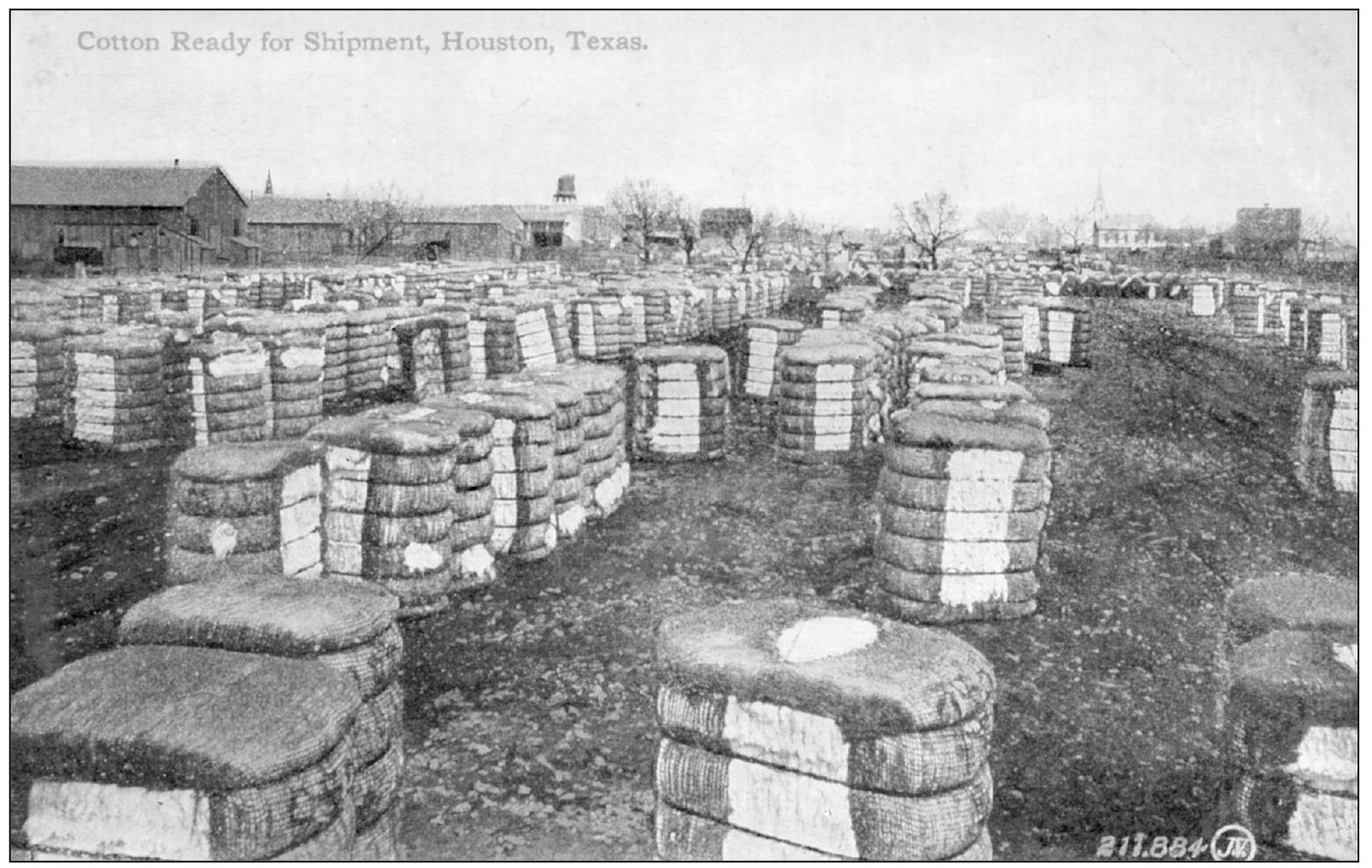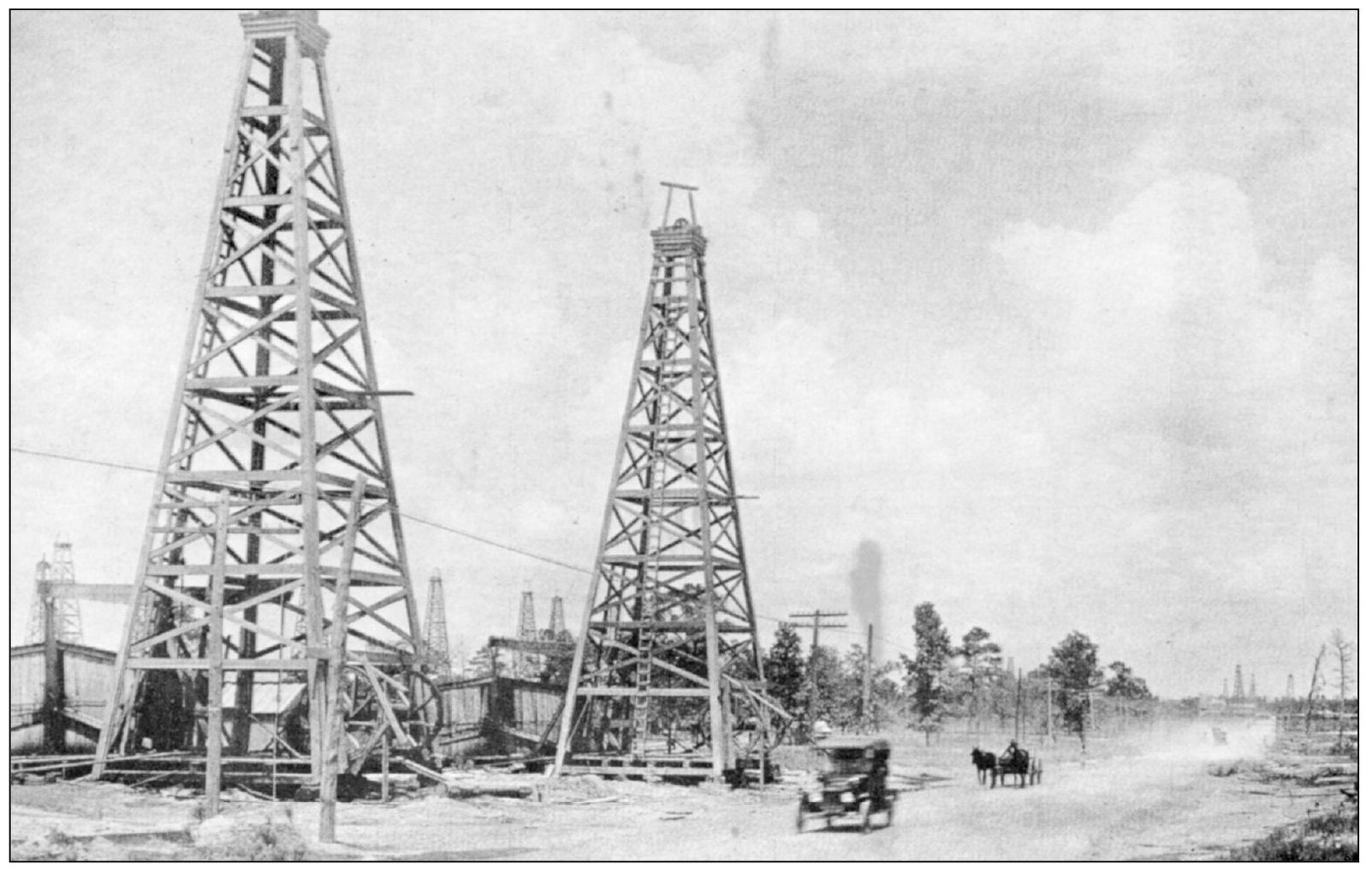One
DEBUT
In 1906, Houston was poised to become a great city. Rambunctious, unrestricted growth reigned as streetcar lines and the emergence of the automobile pushed the boundaries of the city outward. Commercialism expanded south from its traditional center at Main Street and Texas Avenue and encroached upon the elegant mansions of the citys elite. Their response was flight and the formation of private residential enclaves to buffer the chaos. These new neighborhoods emulated the subdivisions made popular in St. Louis in the last quarter of the 19th century known as the Private Places. Westmoreland Place, platted 1902, was Houstons first Private Place neighborhood, and Courtlandt Place joined it four years later as a smaller, more compact, and ultimately more robust sibling.
In September 1906, Sterling Myer, A. L. Hamilton, and T. A. Cargill formed the Courtlandt Improvement Company and purchased roughly 15 acres of farmland for their new subdivision, Courtlandt Place. Civil engineer A. J. Wise platted the property into 26 lots flanking a wide boulevard with an impressive east entrance marked by stone pillars. The new development straddled the sea change from horse-drawn carriages and gasoliers to automobiles and electric lighting. Homes were equipped with hitching posts, mounting blocks, and carriage steps; household records of several homes show that the gas company, not the electric company, turned on the lights.
Alone on the prairie, Courtlandt Places open entrances, flanked by low iron fences, were all that were required for this Private Place until 1912, when traffic from J. W. Links new Montrose addition began to erode the neighborhoods solitude. Concerned by this incursion, Courtlandt Place closed the western entrance with a tall brick wall designed by architect William Ward Watkin, an architect of the campus plan and initial buildings for Rice Institute. Nurseryman Edward Teas provided elaborate landscaping. Despite the projects expensemore than $2,000, a considerable sum in 1912 dollarsthe wall was removed in fewer than six months as part of the settlement ceding the boulevard to the city. Although powerful and well connected, Courtlandt Place residents were unable to defeat both Link and city hall.
Transportation modes were changing rapidly when Courtlandt Place was founded. The extension ofHoustons streetcar lines past the traditional city boundaries and the emergence of the automobilemade the recent concept of suburbs on the prairie, like Courtlandt Place, possible and accessibleto downtown. Main Street in the early 20th century was the address for the large mansions ofHoustons elite. Many Courtlandt Place families moved to the boulevard from these baronialmansions, some of which comprised an entire city block. Courtlandt Place homes, while quitespacious, constituted downsizing for these residents. Almost all of the Main Street mansionswere razed to make room for commercial buildings. (Both courtesy of Michael OConnor.)
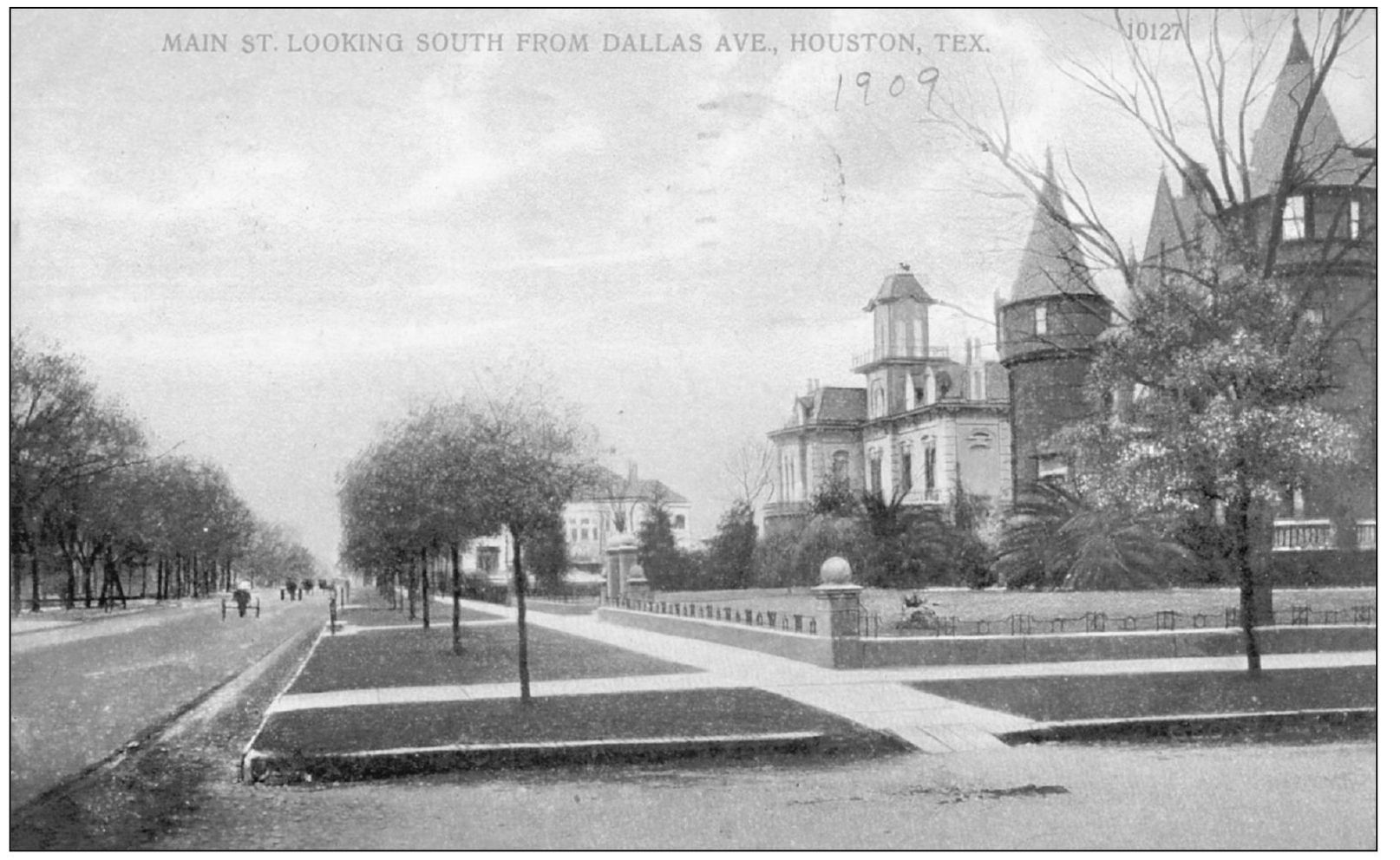
Prior to oil, cotton and timber were the lifeblood of Houstons commerce. The city was animportant railroad hub and port, especially with the dredging of the Houston Ship Channel andturning basin, and was a major center for the international cotton trade. Several CourtlandtPlace residents were leading cotton factors and therefore by necessity world travelers. Spindletoproared into life in 1901 and brought oil to southeast Texas, changing Houston forever. At first,timber and cotton families did not welcome the new oil money into their social set. Oil supplantedcotton and timber as Houstons core industry by 1930, by which time the old and new money setswere beginning to mingle. (Both courtesy of Michael OConnor.)

